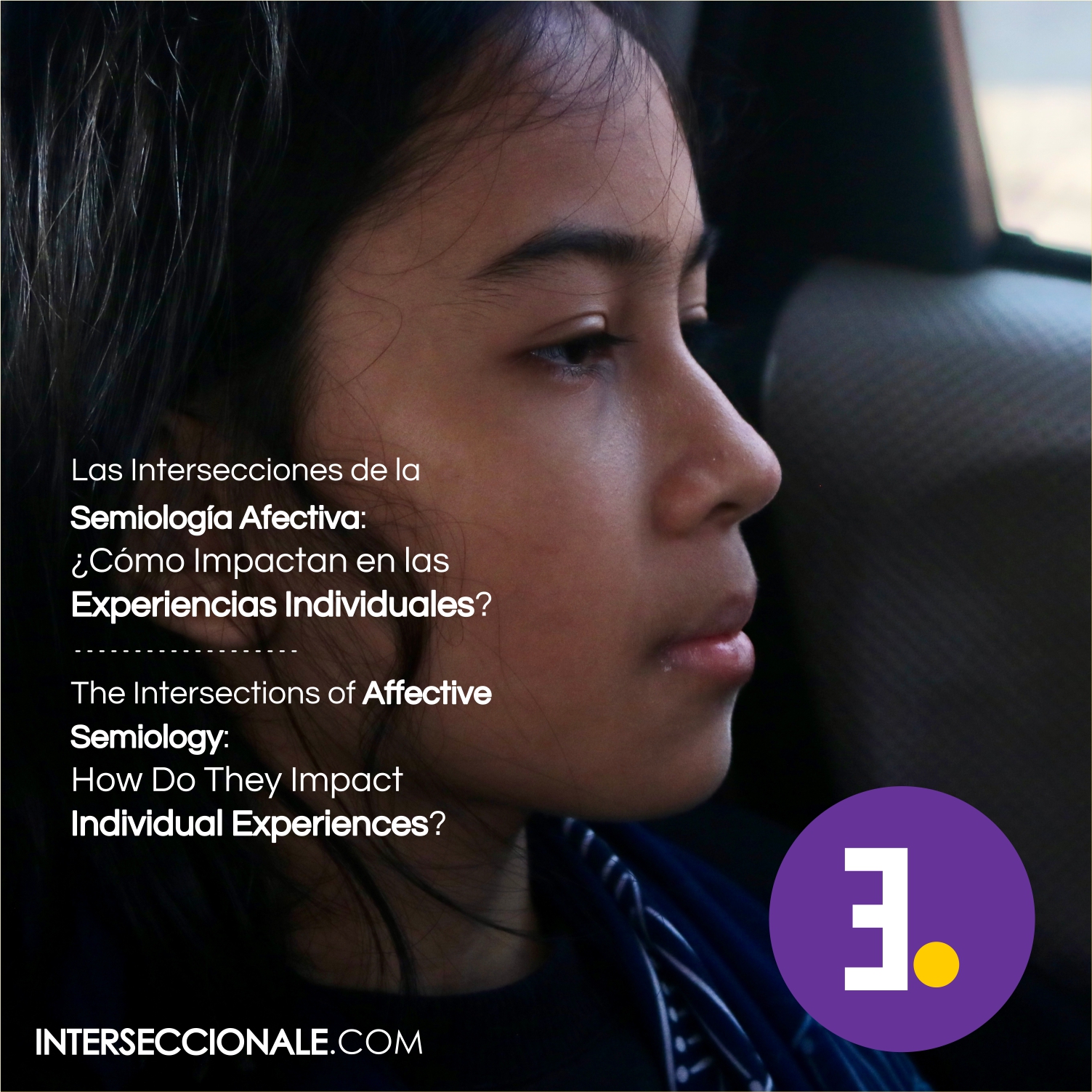The uneven development of affective semiotics in comparison to intellectual functions has not only been an academic phenomenon but has permeated the intersections and life experiences of each individual.
This historical and ideological imbalance has created a bias in the understanding and treatment of affective experiences. People find themselves at a crossroads where the exploration and acknowledgment of their emotions and affections may not receive the same level of attention and validation as other cognitive areas.
The implications are profound: from how the validity of certain emotions is perceived to how they are therapeutically addressed. Gender, ethnicity, sexual orientation, or identity intersections, among other aspects, come into play, shaping individual experiences.
Within these intersections, unique realities are formed, where social acceptance, access to medical care, and emotional support can significantly vary based on the weight given to affectivity in the historical and social context.
Recognizing these differences is crucial for a more holistic and equitable approach to mental health inclusion, ensuring that each individual’s emotional experience is understood and addressed with the same importance and sensitivity as other dimensions of their being.

#Interseccionale #MentalHealth #AffectiveSemiology #Intersectionality #EmotionalInclusion #HolisticWellbeing #AuthenticEmotions #EquityInMentalHealth #DiversityAndAffectivity #EmotionalAwareness #HistoricalAffectivity